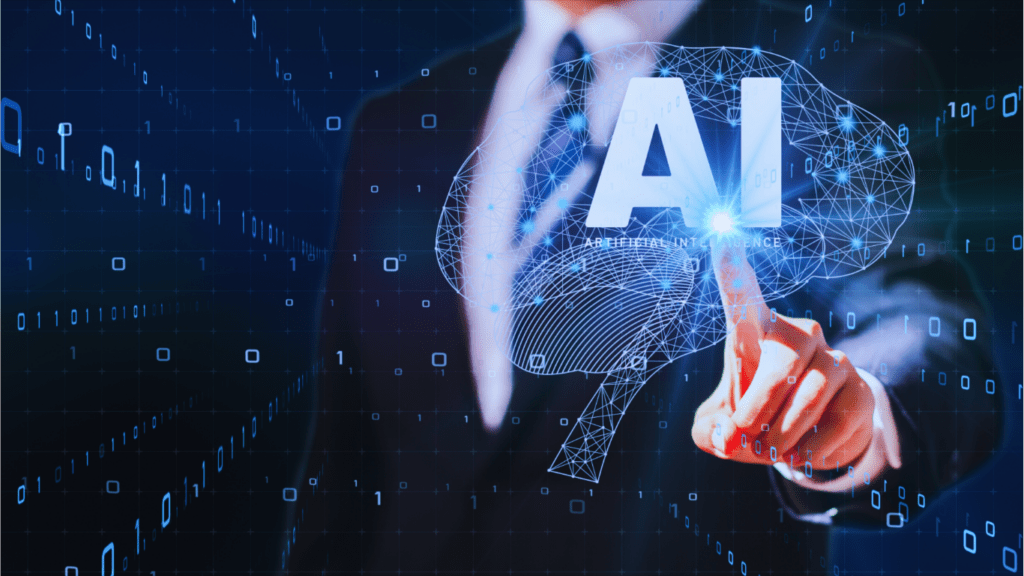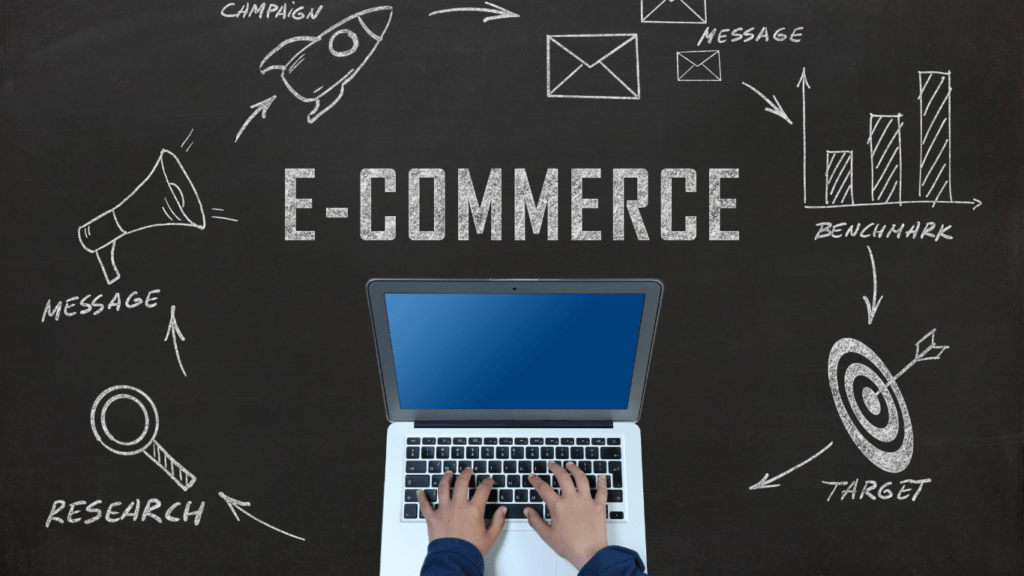Artificial intelligence isn’t just a futuristic concept anymore—it’s already reshaping how we interact online. From personalized recommendations to chatbots that feel almost human, AI-powered tools are transforming the digital landscape in ways we couldn’t have imagined a decade ago. Every click, search, and interaction is becoming smarter, faster, and more intuitive.
Understanding AI-Powered Tools
AI-powered tools leverage artificial intelligence to perform tasks traditionally requiring human intelligence. These tools are transforming multiple industries by enhancing capabilities and efficiency.
What Are AI-Powered Tools?
AI-powered tools are systems or applications that integrate machine learning, natural language processing, or neural networks to automate and optimize tasks. Examples include virtual assistants like Siri and Alexa, recommendation engines on platforms like Netflix, and image recognition tools used in social media. These tools analyze:
- large datasets
- identify patterns
- provide intelligent outputs
allowing businesses and users to streamline complex processes.
The Evolution of AI in Technology
AI in technology has progressed significantly since its inception in the mid-20th century. Early AI systems relied on rule-based algorithms, while current advancements utilize self-learning models like GPT and OpenAI Codex. Breakthroughs in computing power, data storage, and algorithm design have fueled this evolution. For instance, modern AI enhances voice recognition in smartphones, improves fraud detection in financial systems, and personalizes e-commerce experiences through predictive analytics.
Transforming the Online Experience
AI-powered tools are reshaping how we interact with digital platforms. They’re integrating advanced technologies to make online experiences smarter, more accessible, and highly personalized.
Enhanced Personalization
AI customizes online interactions by analyzing user behavior and preferences. Streaming platforms like Netflix suggest shows based on viewing history, while e-commerce sites like Amazon recommend products reflecting past purchases. Algorithms adapt dynamically, offering tailored experiences that align with individual interests and needs.
Smarter Search and Recommendations
Search engines and recommendation systems leverage AI for accuracy and relevance. Google’s AI models, such as BERT, understand context and intent, delivering refined results. Platforms like YouTube utilize machine learning to suggest videos aligned with user-engagement patterns, increasing content discoverability.
Improved Accessibility Features
AI enhances accessibility by bridging gaps for users with disabilities. Tools like screen readers employ text-to-speech technology, translating digital content for visually impaired individuals. Automated captions, available on platforms like Zoom and YouTube, ensure inclusivity for users with hearing impairments.
The Impact on Various Industries
AI-powered tools are driving innovation across multiple industries, transforming processes and enhancing efficiencies. From retail to customer service, these technologies are redefining traditional models and creating new standards.
E-Commerce: Redefining Shopping

AI has revolutionized online retail platforms by enabling hyper-personalized shopping experiences. Algorithms analyze browsing history, purchase patterns, and real-time behavior to recommend products tailored to individual preferences. For instance, Amazon’s recommendation system accounts for over 35% of total sales through AI-driven suggestions. Inventory management has also improved, with predictive analytics forecasting demand shifts to minimize stock issues. Tools like visual search technology allow users to find products via images, streamlining the discovery process.
Content Creation and Marketing
AI tools streamline content production and marketing strategies by analyzing audience data and automating repetitive tasks. Machine learning models assess engagement metrics to optimize blog posts, emails, and advertisements for maximum reach. Platforms like Grammarly detect tonality and errors in real-time, while OpenAI’s ChatGPT assists in drafting conversational content. In marketing, AI tools like HubSpot use predictive analysis to segment audiences and forecast campaign success. Brands have begun employing deep learning for creative applications, such as generating graphics or video snippets customized for targeted audiences.
Customer Support Revolution
AI-powered customer service solutions improve response times and enhance user satisfaction. Chatbots, like those powered by OpenAI or IBM Watson, handle common queries with conversational precision, reducing reliance on human agents during peak hours. Virtual assistants enable 24/7 support, ensuring minimal downtime for user interactions. AI-driven sentiment analysis tracks customer emotions and feedback in real-time, helping businesses to adjust strategies. Self-service options, including interactive FAQs and voice-enabled support systems, are further optimized using AI to streamline resolution pathways.
Advantages and Challenges
AI-powered tools have revolutionized online experiences by offering efficiency and personalization, yet they also introduce ethical dilemmas and technical limitations. Balancing these positives and negatives is essential to fully maximize their potential.
Key Benefits of AI-Powered Tools
- Improved personalization boosts engagement by tailoring content to individual preferences. Platforms like Spotify curate playlists using listening habits, while e-commerce websites offer customized product recommendations that enhance shopping experiences.
- Enhanced productivity automates repetitive tasks, saving time and reducing errors. AI-driven platforms like Grammarly streamline writing, and tools like Hootsuite automate social media management by scheduling posts and analyzing performance metrics.
- Increased accessibility ensures a more inclusive digital ecosystem. Automated captioning on platforms like YouTube and AI-powered transcription services make content accessible to users with visual or auditory impairments.
- Advanced decision-making leverages real-time data analysis for efficiency. Businesses rely on AI-driven insights for inventory forecasting, customer behavior predictions, and optimizing advertising campaigns.
Ethical Concerns and Limitations
- Privacy risks arise when platforms collect and analyze personal data. AI algorithms on social media and search engines may exploit user behavior data, raising concerns about transparency and information misuse.
- Bias in AI systems reflects the quality of training data. Tools like facial recognition software sometimes fail to perform equally across diverse demographics, leading to inaccuracies and potential discrimination.
- Lack of oversight creates accountability challenges. Autonomous systems, like self-driving cars, pose risks in determining responsibility during failures or accidents, highlighting gaps in regulation.
- Disruption of jobs affects employment landscapes. Automation in industries like customer service and manufacturing displaces roles traditionally filled by humans, requiring reskilling to mitigate workforce impacts.



